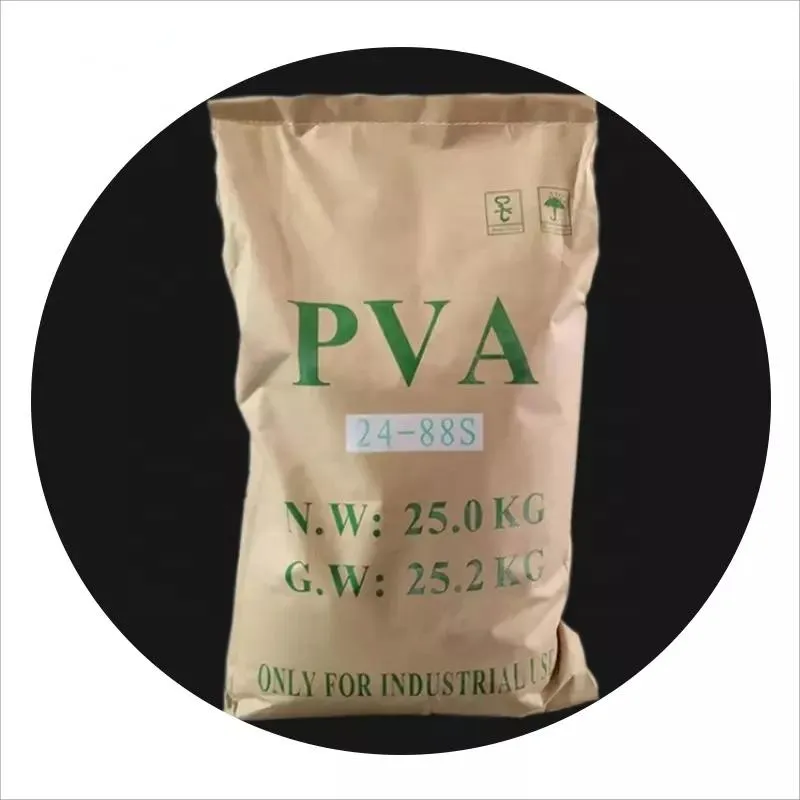Cellulose Polymer An Overview of its Properties and Applications
Cellulose, an organic polymer composed of glucose units linked by β-1,4-glycosidic bonds, is one of the most abundant natural polymers on Earth. Found primarily in the cell walls of plants, cellulose provides structural support and rigidity. Its unique structure and properties make cellulose a versatile material in various industrial applications, particularly in the fields of textiles, food, pharmaceuticals, and bioplastics. This article explores the importance of cellulose polymers, their characteristics, processing techniques, and their burgeoning role in sustainable development.
Structure and Properties of Cellulose
Cellulose is characterized by its linear chain structure and the ability to form hydrogen bonds. This gives cellulose high tensile strength and insolubility in water, which are critical for its function within plant cell walls. The polymer can be synthesized in various forms, including microcrystalline cellulose (MCC), nanocrystalline cellulose (NCC), and regenerated cellulose. The various modifications and derivatives of cellulose also contribute to its versatility
1. Microcrystalline Cellulose (MCC) It is widely used as an additive in food and pharmaceuticals, acting as a thickener, stabilizer, and bulking agent due to its high surface area.
2. Nanocrystalline Cellulose (NCC) With its high strength-to-weight ratio, NCC has attracted much attention in nanotechnology and material science. It can be used to create lightweight composites with improved mechanical properties.
3. Cellulose Derivatives Chemical modifications of cellulose, such as cellulose acetate, cellulose nitrate, and carboxymethyl cellulose, expand its applicability in films, coatings, and gels.
Applications of Cellulose
Cellulose polymers have diverse applications that span multiple industries
1. Textiles Cotton, a natural fiber composed of cellulose, is a primary source of fibers used in the textile industry. Cellulose fibers, including rayon and lyocell, are also utilized to create biodegradable fabrics that are gaining popularity in fashion and sustainable garments.
'cellulose polymer'

2. Food Industry Cellulose is used as a food additive, providing texture and consistency to products like ice cream, sauces, and baked goods. Its role as a source of dietary fiber also contributes to health benefits, helping regulate digestive health.
3. Pharmaceuticals In medicines, cellulose serves as a binder and filler in tablets, ensuring the uniform distribution of active ingredients. Its biocompatibility makes it a suitable candidate for various medical applications, including drug delivery systems.
4. Bioplastics As the world moves towards sustainable materials, cellulose-based bioplastics are emerging as an environmentally friendly alternative to petroleum-based plastics. Innovations in the extraction and processing of cellulose can lead to biodegradable packaging solutions that reduce plastic waste.
Environmental Impact
Given its renewable nature, cellulose has significant potential for reducing environmental issues associated with synthetic polymers. The development of cellulose-based materials can help mitigate reliance on fossil fuels, lower carbon emissions, and promote a circular economy. Furthermore, the biodegradability of cellulose polymers presents an advantage over traditional plastics, reducing landfill waste and decreasing pollution.
Challenges and Future Directions
Despite its advantages, utilizing cellulose polymers comes with challenges. The cost of production, especially for high-quality cellulose derivatives, can be substantial. Additionally, the scalability of production processes and the need for advanced technologies to modify cellulose at the nanoscale present hurdles.
Future research is focused on enhancing the properties of cellulose-based materials through nanotechnology, composite material development, and exploring new sources of cellulose, such as agricultural waste. Innovating biorefinery processes could ensure sustainable sourcing and processing of cellulose, aligning with global sustainability goals.
Conclusion
Cellulose polymers represent a significant area of interest across various industries due to their abundance, biodegradability, and versatility. As research progresses and technology improves, cellulose's role in advancing sustainable practices and materials is poised to grow, ultimately contributing to a greener planet. By embracing cellulose and its derivatives, industries can transition towards more sustainable solutions that benefit both the economy and the environment.






